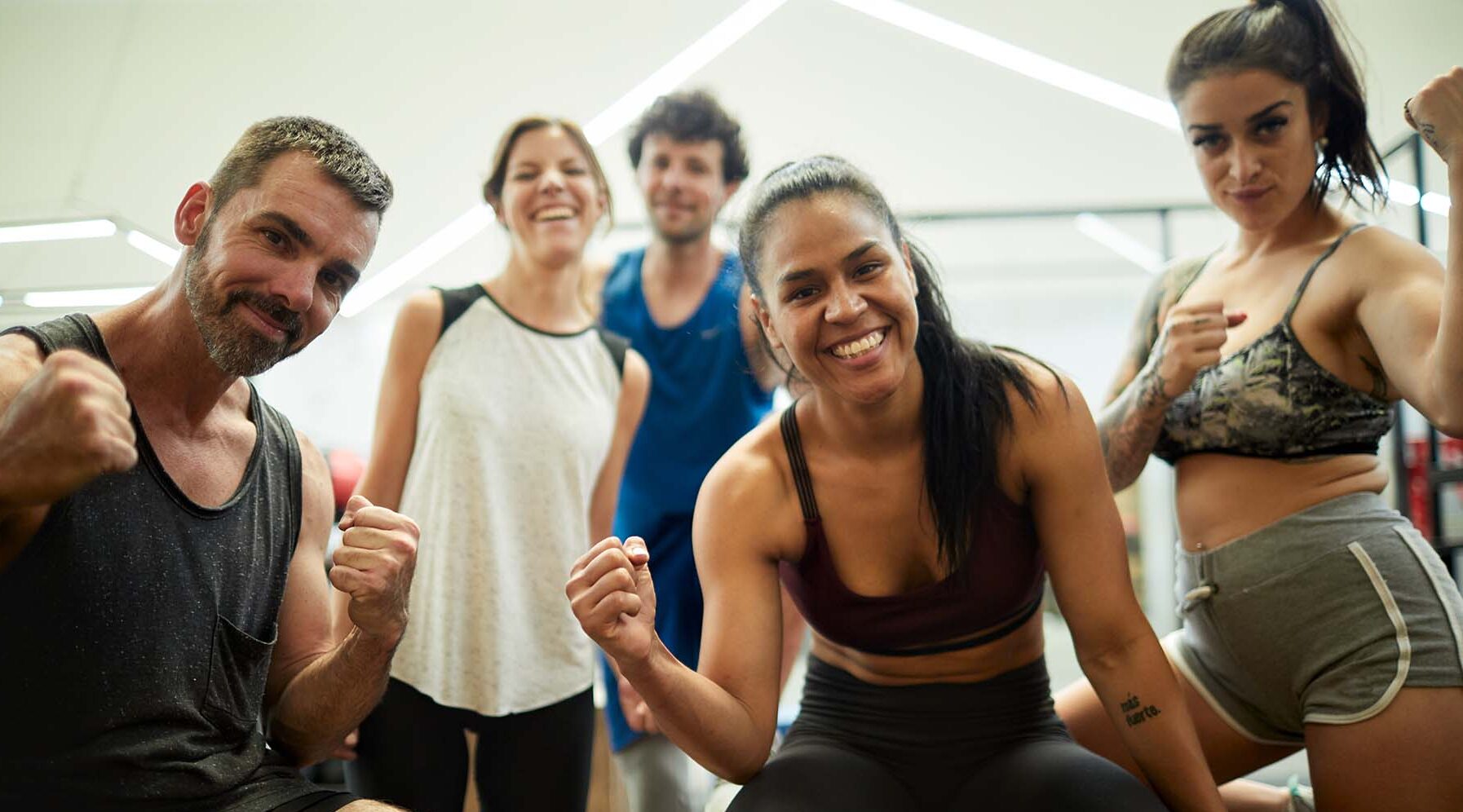Prevent Injuries with Cross-Training

Key Takeaways:
- Cross-training involves engaging in different types of exercise to improve overall fitness and prevent injuries.
- Incorporating activities like swimming, cycling, and weight lifting into your routine can provide cross-training benefits.
- It’s recommended to gradually incorporate cross-training into your routine, starting with one day a week.
If you’re dedicated to playing a single sport or practicing one type of exercise, your training regime may increase your risk for injury.
“Doing repetitive motions over and over can cause overuse injuries and injuries that would not normally happen,” says Kristopher J. Paultre, M.D., a primary care sports medicine expert with the University of Miami Sports Medicine Institute. “It’s the biggest issue we have with our younger adolescent athletes. They stick to one sport without training the rest of their body.”
Even if you’re not an athlete, the best way to prevent injury is to practice various types of physical activities that engage major muscle groups and smaller, supporting muscles and joints. That’s the goal of cross-training. This approach to training enables you to improve your overall fitness and prevent overuse injuries. Cross-training can also help you avoid getting bored at the gym or burned out in your chosen sport as you develop new physical abilities, skills, and athletic interests.
Why should I try cross-training?
Enhanced performance: For athletes, cross-training can improve performance in your primary sport by addressing weaknesses and providing a break from repetitive motions.
Variety and motivation: Incorporating different activities can make workouts more enjoyable, helping you stay motivated to exercise regularly.
Reduced risk of injury:
- Balanced muscle development: Engaging in various activities targets different muscle groups and movement patterns. This balanced muscle development reduces the risk of overuse injuries when you repeatedly stress the same muscles and joints.
- Reduced overuse: When you cross-train, you give specific muscles and joints a break from the repetitive stress of your main sport. This break allows for recovery and reduces the likelihood of developing overuse injuries like stress fractures, tendinitis or muscle strains.
- Enhanced core strength: Many cross-training activities, such as yoga and Pilates, focus on core strength and stability. A strong core can improve your overall body mechanics and posture, and reducing your risk of injuries.
- Improved flexibility: Cross-training often includes activities that enhance flexibility, like yoga or stretching routines. Improved flexibility can prevent strains and sprains by allowing joints to move through their full range of motion.
- Aerobic conditioning: Aerobic cross-training activities, such as swimming or cycling, improve cardiovascular fitness without the repetitive pounding that can lead to joint injuries in activities like running.
- Active recovery: Cross-training can be a form of active recovery. Engaging in lower-intensity activities on rest days promotes circulation and helps muscles recover faster.
- Mental refreshment: Mental fatigue can lead to physical mistakes and increased injury risk. Cross-training provides a mental break from the monotony of the same workout routine.
- Variety and adaptation: Constantly changing activities challenges your body differently, promoting adaptability and reducing the risk of overuse injuries. Your body becomes more resilient when it encounters a variety of physical stressors.
- Stronger support muscles: Cross-training activities often engage support muscles that are underutilized in your primary sport or exercise. Strengthening these muscles can help stabilize your joints and reduce the risk of injury.
How to get started with cross-training
Approach cross-training wisely by gradually incorporating new activities into your routine, paying attention to proper form and technique and listening to your body.
Your cross-training routine should include whole-body strength training, cardiovascular exercises, stretching and activities that help improve your balance.
“If you are a marathon runner,” for instance, “sometimes you may have to take days off to swim or get on an elliptical bike, so you use your muscles differently,” Dr. Paultre says. Love kickboxing? Try Pilates or running on alternate days. If your sport heavily relies on your legs or arms, don’t ignore your core strength. This will support your posture and balance. Lifting weights also helps strengthen your bones.
Proper warm-up and cool-down practices and recovery days are also crucial for injury and fatigue prevention.
Ask a fitness professional or physical therapist to help you create a well-rounded cross-training plan tailored to your specific needs, goals, and interests.
But I’m injured now. What should I do?
Managing a sports-related injury to the shoulder, elbow, hip, knee, or lower leg affects your ability to exercise, participate in sports, and maintain an active lifestyle. Get evaluated and treated by fellowship-trained, sports medicine board-certified experts with extensive experience helping athletes and active adults and kids.
UHealth’s Sports Medicine Institute can provide a comprehensive, multidisciplinary evaluation and treatment plan to get you back on your feet and in the game.
Contact the sports medicine experts at 305-243-4000 to make an appointment.
Dana Kantrowitz is a contributing writer for UHealth’s news service.
Tags: Dr. Kristopher Paultre, exercise is medicine, muscle mass
